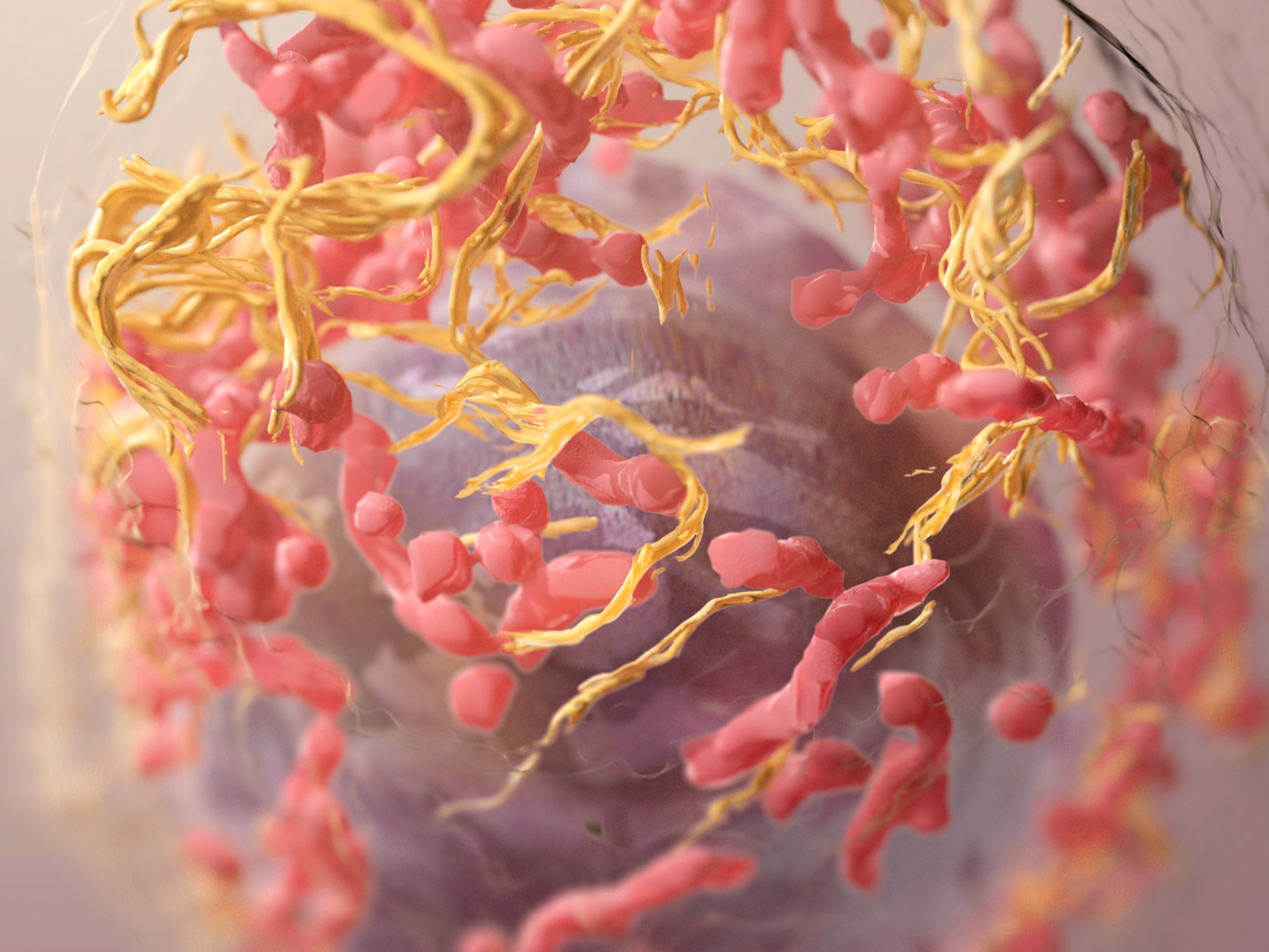A Photographer Addicted to Telling the Story of Marijuana
When photographer Lynn Johnson was working on this month’s National Geographic cover story on marijuana, she was surprised how addictive it became. Not the drug, mind you, but the controversial and convoluted medical world that legalization has spawned. So much so, that even after shooting on-and-off for six months for the magazine assignment, she couldn’t entirely let go of the story.
[Hear Johnson reveal what it was like to shoot the marijuana story in the video above.]
“I wasn’t prepared for the passion and depth of feeling that people associated with this plant,” said Johnson. She has continued photographing families with medically challenged children since finishing her assignment last December.
“I felt like what we do for the magazine is to try and take a complicated subject and distill it down to iconic frames that help the reader enter the subject matter. But what I felt was missing was documenting the complexity of people’s lives as they decide to use, or not use, this plant for true medicine,” Johnson explained.

Beyond photographing the dispensaries, production facilities, and growers in the states that legalized cannabis—Colorado, Washington, and California (medical only)—what really caught Johnson’s attention were the parents of medically challenged children whose use of an oil derived mainly from cannabidiol (CBD), a non-psychoactive chemical in marijuana, is controversial. Some consider themselves “medical refugees,” having packed up and moved to Colorado from other states, some as far away as Maine, to begin a daily regimen of the oil.
Sarah Rowland is one such refugee (pictured above and below). “I had already met and wanted to find more families with children who are medically complicated and fragile, whose lives could really be made better by the use of cannabis—or not,” says Johnson. “And that’s the question: Is this good or is this bad? Does this work? And if so, what’s the cost to the families? Like, how do they decide without any knowledge, or research, or support, or legality? They’re kind of pioneers. I was fascinated by parents who decided to go it alone outside the sanctioned, normal medical community.”
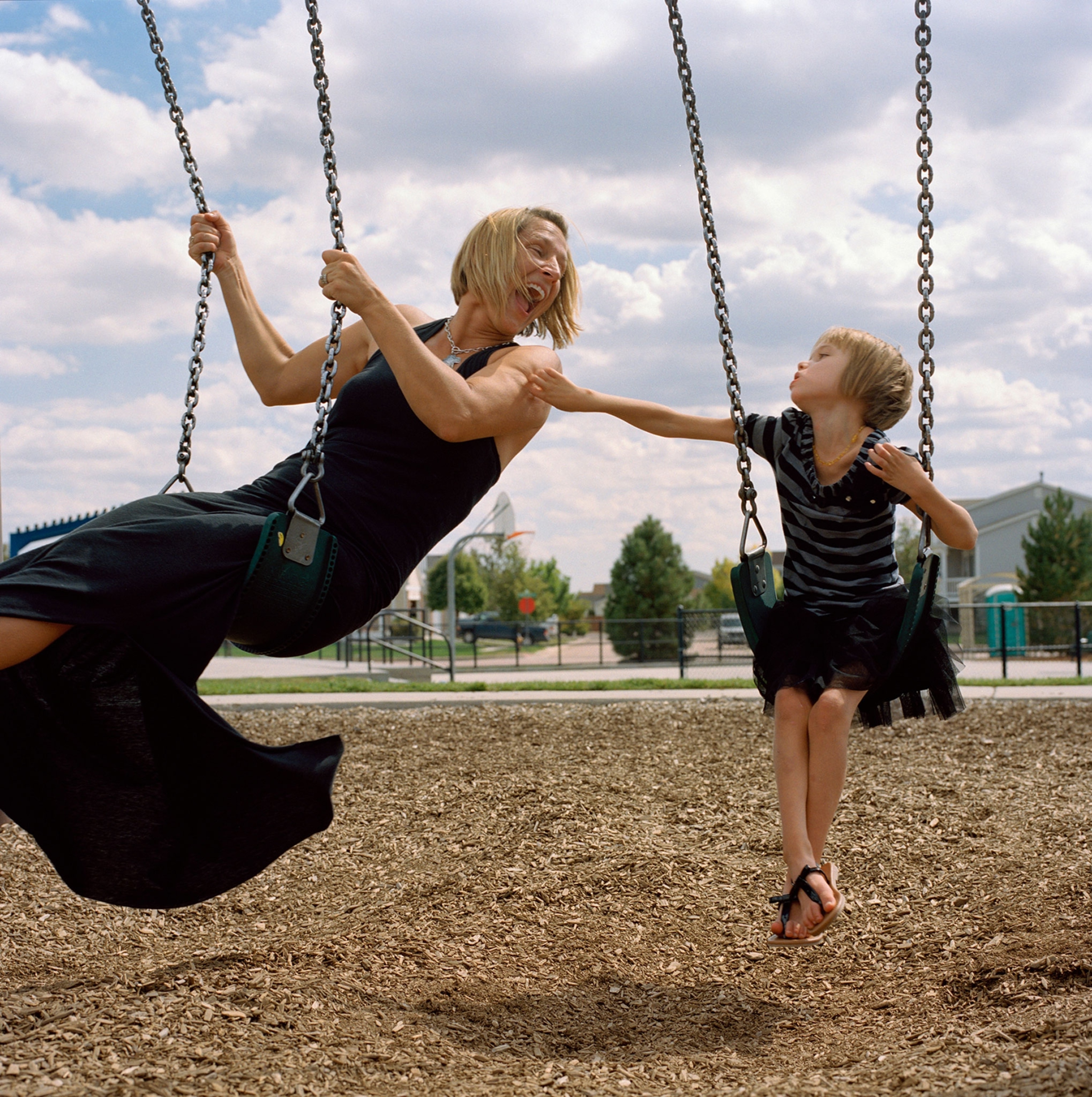
“A good deal of anecdotal evidence shows that high-CBD strains of cannabis can have a strong antiseizure effect.” says Hampton Sides, the writer for the magazine story. But scientific evidence is in short supply. Currently, the DEA considers marijuana a Schedule I drug with no accepted medical use and as dangerous as heroin and LSD.
Orrin Devinsky, a neurologist at New York University, is leading a clinical trial to test CBD against a placebo in treating forms of epilepsy. “There’s a real potential, but we urgently need valid data,” he told the magazine. Until marijuana is reclassified, scientists are finding it difficult to do research that can give parents some real answers. Until then, they are on their own.
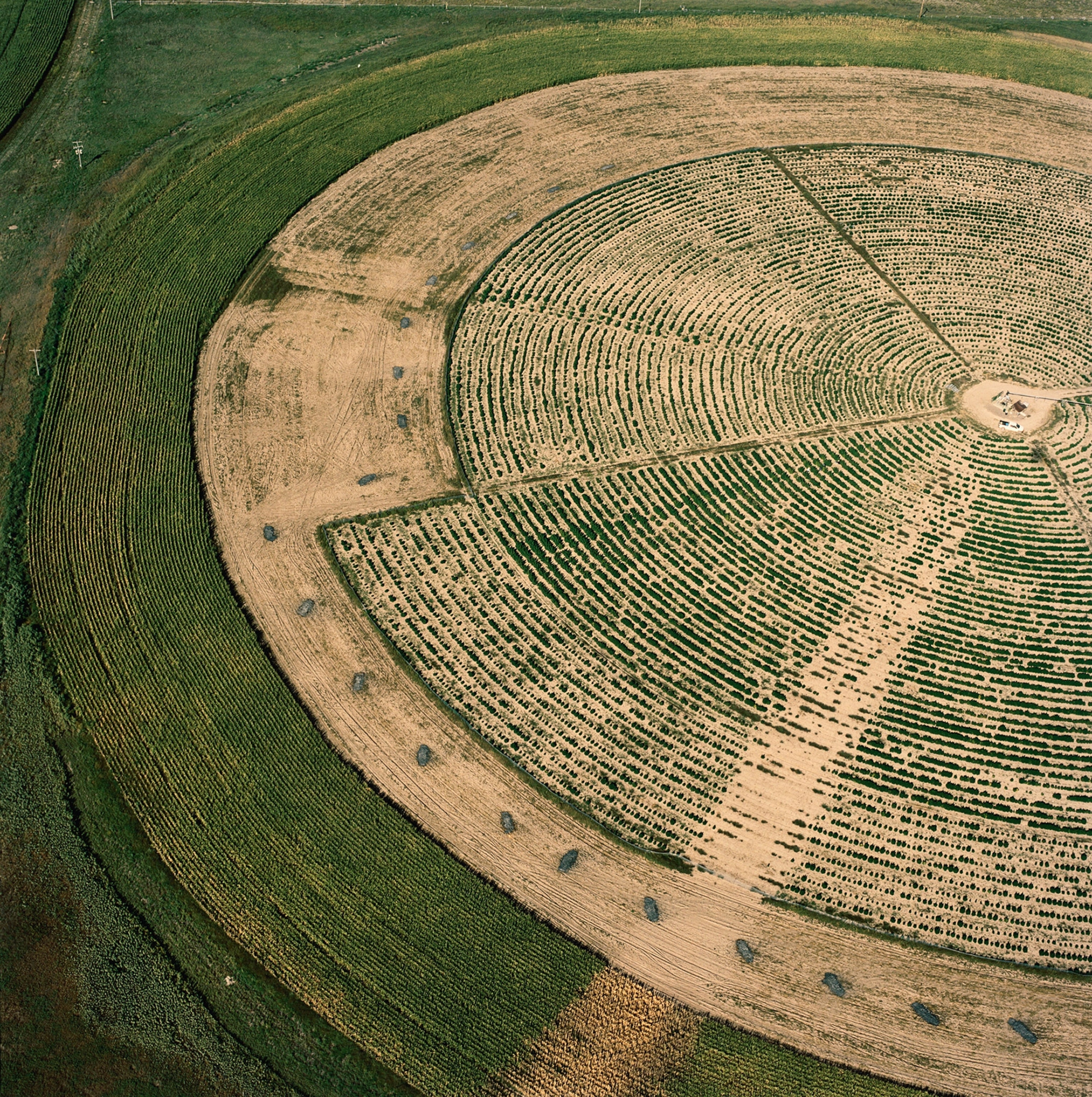

Stories like that of Tracy and Josh Ryan motivate Johnson. Their two-year-old daughter, Sophie, has optic pathway glioma (photos above and below) and has been battling a brain tumor throughout her young life. “The family odyssey has been long and complicated, with lost jobs and life savings and endless hours in medical settings. They’re on Facebook to build support and funds for cannabis for other children with cancer,” Johnson said. The Ryan’s are now working with researchers at UCLA and USC to try and establish clinical programs using cannabis oil.
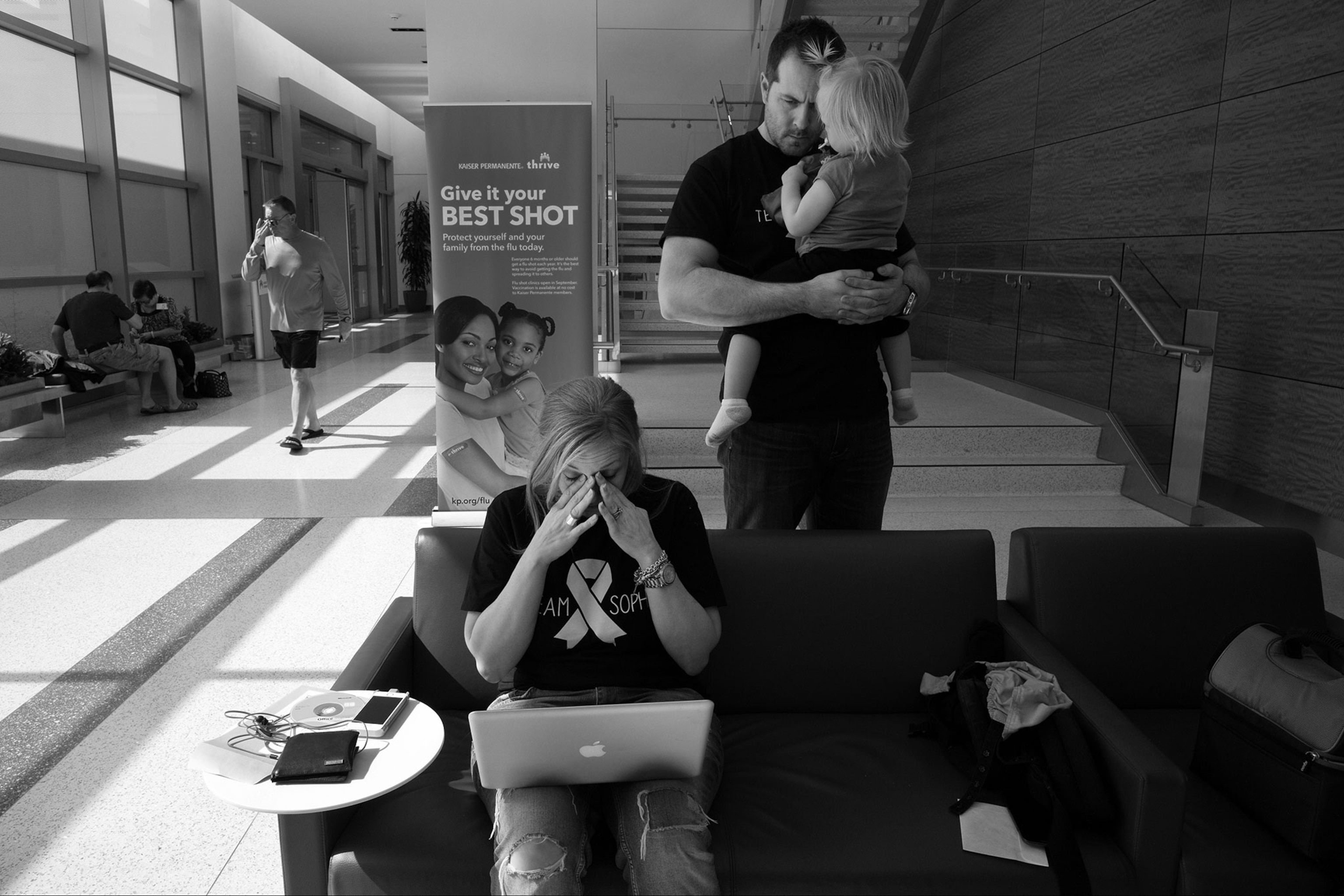
“They believe that chemo combined with cannabis oil has really made an impact on this child’s life and shrunk the tumor. The problem is [that] that’s still a roller-coaster world for them because they can’t prove any of this. Some of it is by faith, but not enough of it is by science, and they are determined to gather the facts as well as see their child survive. So watching people struggle with that kind of life-and-death journey I find to be the most powerful and meaningful part of this story,” Johnson said.
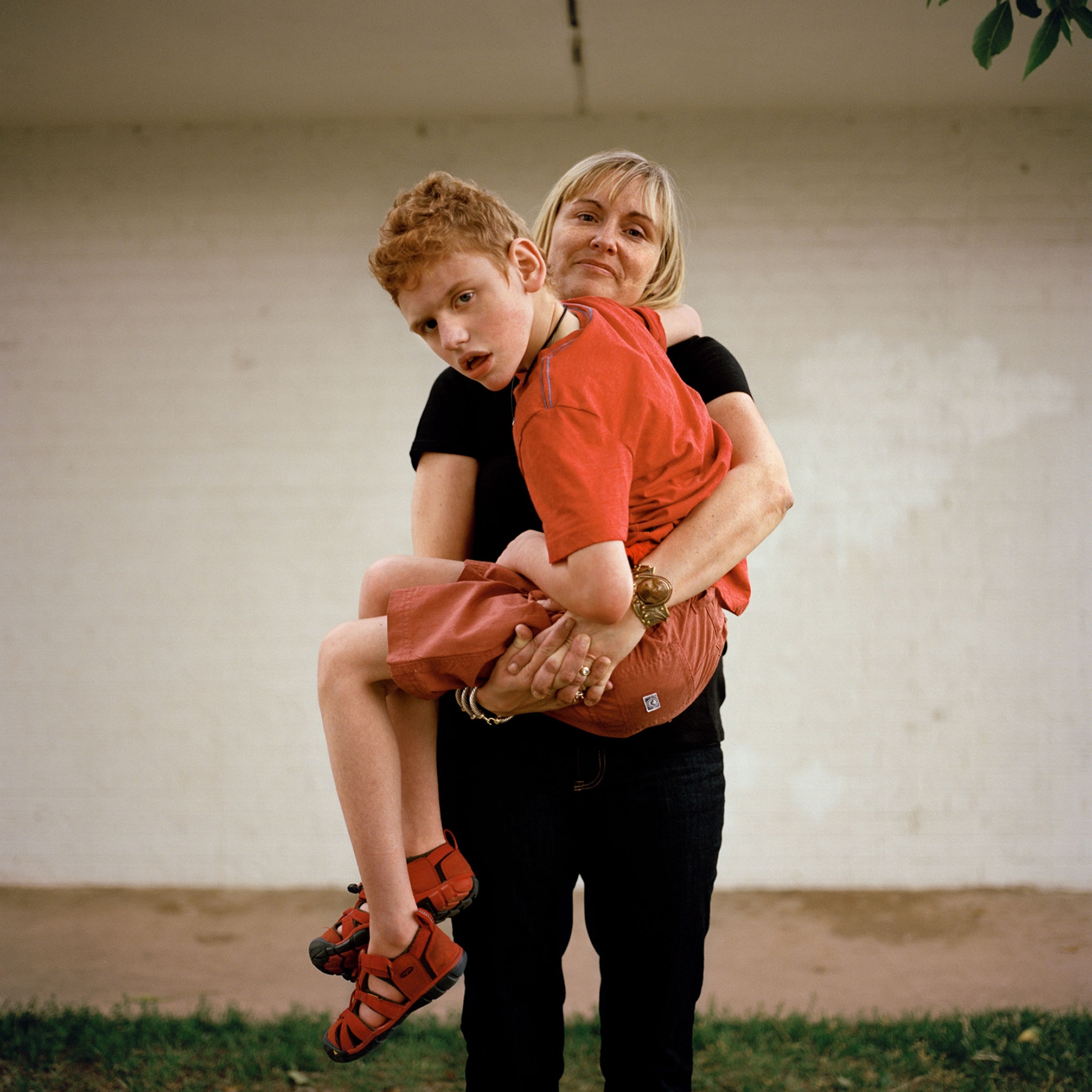
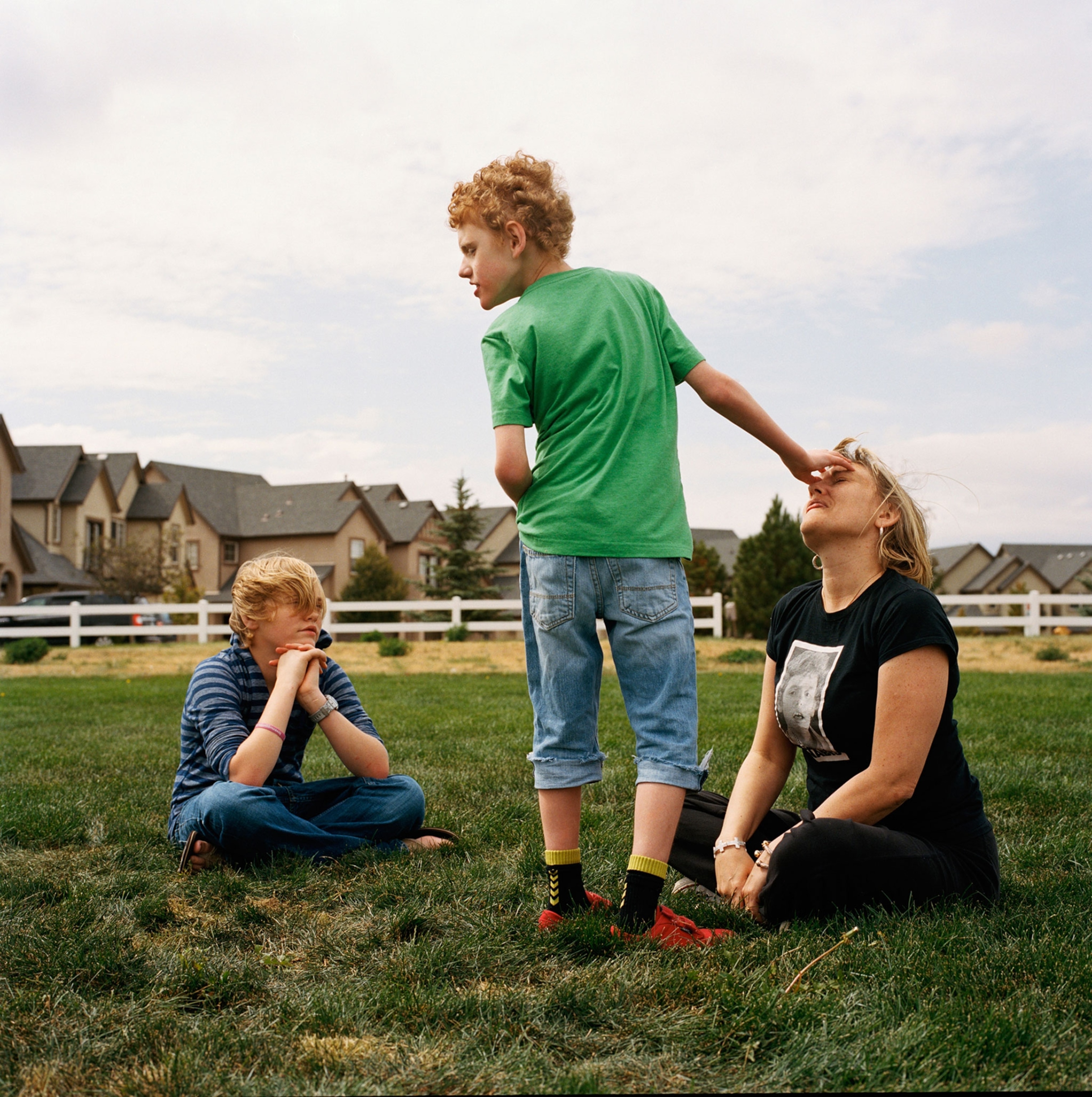
“[The stories] accumulate in our bodies, in our tissues, in our minds. And the accumulation of those stories, of all that people share, it feels like that’s what I’m made of now,” Johnson said. “You carry people’s stories forever.”
Editor’s Note: Johnson’s personal photo essays about medically challenged children have not yet been published.
For a deeper dive into the science of marijuana, read this feature article. You can also see more of Johnson’s images from the story and learn more about how medical marijuana may be helping sick children.


